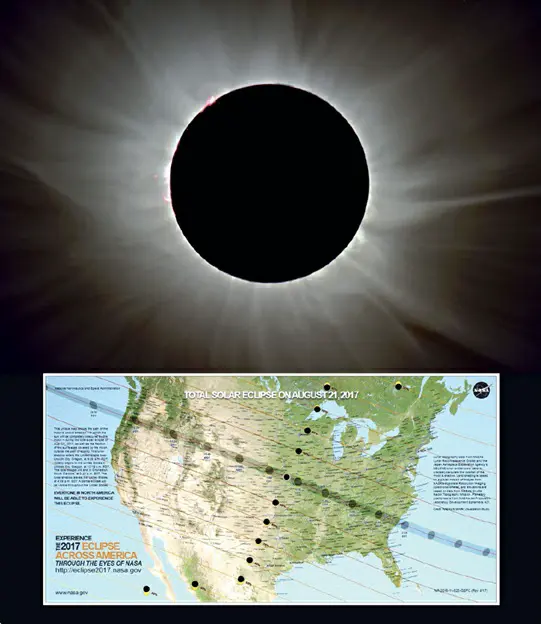Eclipses, especially solar and lunar, are captivating celestial events that have intrigued humans for centuries. A solar eclipse, like the one that graced North America on August 21, 2017, happens during a New Moon when the Moon aligns perfectly between the Earth and the Sun. This alignment is a rare astronomical event, given the Moon’s orbit’s inclination relative to Earth’s orbit around the Sun.
Total solar eclipses, where the Moon completely covers the Sun, are particularly rare, with any specific location on Earth witnessing one approximately every 350 to 400 years. The 2017 North American Solar Eclipse was a momentous occasion, as the Moon’s shadow traversed from Oregon to South Carolina. This event not only offered a spectacular view but also provided a unique opportunity for astronomers. They utilized advanced instruments from ground-based and airborne observatories to study the Sun’s corona and magnetic field in greater detail.
The 2017 eclipse was significant not just for its scientific value but also for its educational and inspirational impact. Millions witnessed the awe-inspiring sight of the solar corona, a moment that emphasized the beauty and complexity of celestial mechanics. The eclipse became an educational phenomenon, illuminating millions about the wonders of our solar system and the science behind such rare events.

